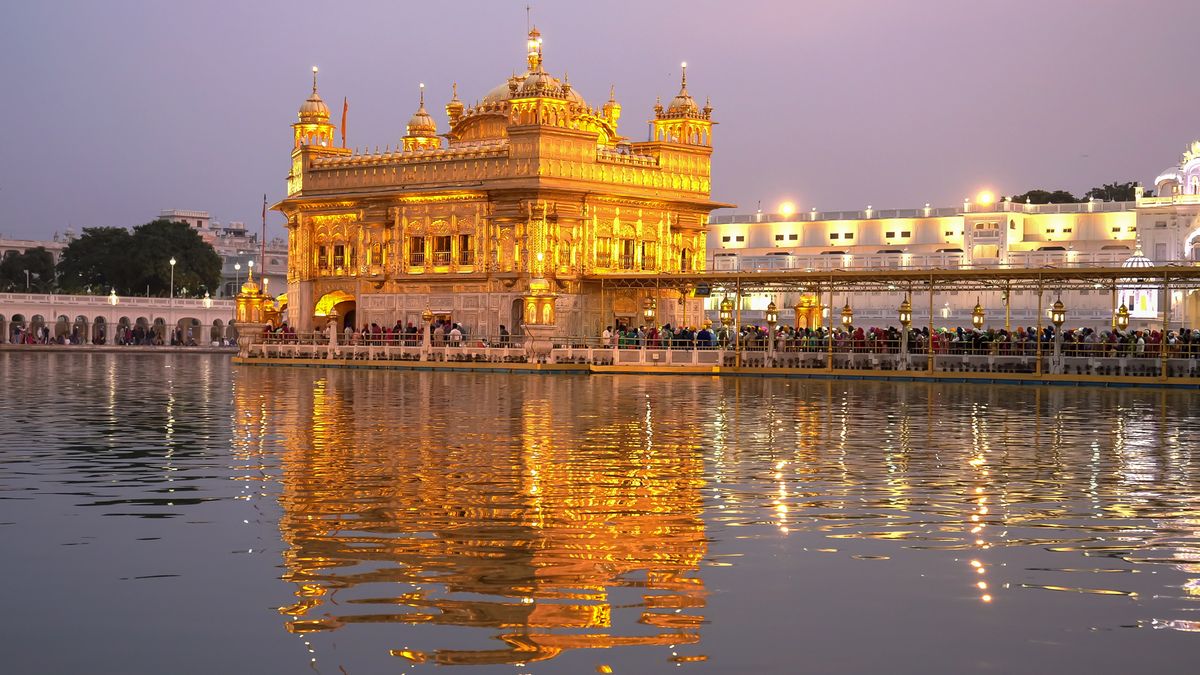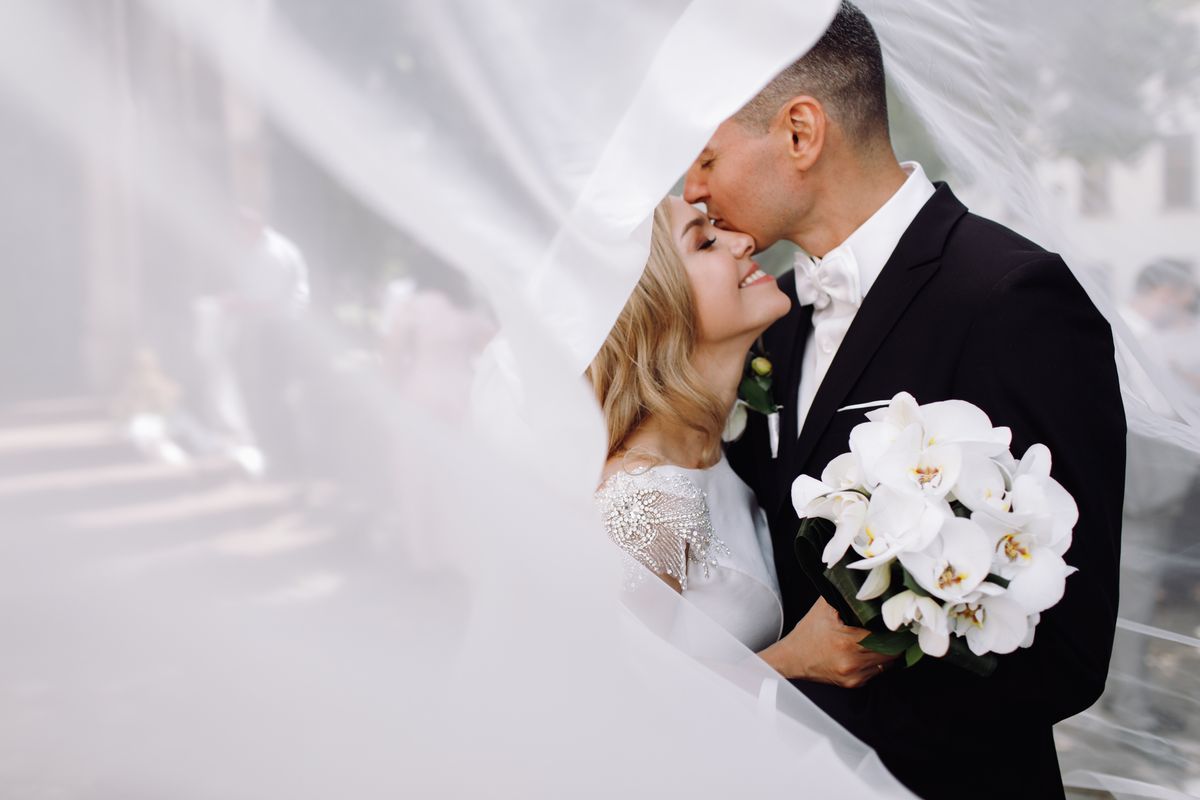See all Monuments in Prague
Travelers also viewed these places similar to The Crossroads of Czech and Czechoslovak Statehood
- Hvězda Game Preserve (Obora Hvězda)
- Jan Pištěk: Under the Surface.
- Prague Castle Riding Hall (Jízdárna Pražského hradu - Pražský hrad)
- Havlíček’s Park (Havlíčkovy sady (Grébovka))
- TOUCHES OF CZECH MUSIC. Virtuosi di Praga, artistic director and conductor: Oldřich Vlček, Václav Hudeček – violin, Jaromír Klepáč – piano, Štěpán Kos – harpsichord, Christine Johnston – soprano (UK).
- Petschek Palace (Petschkův palác)





